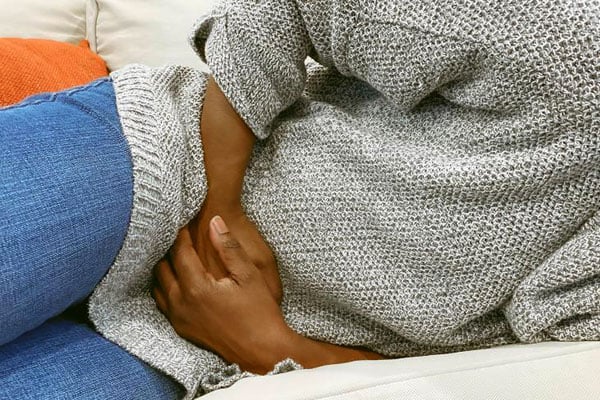The financial impact of treating fibroids

What you need to know:
- A fibroids diagnosis comes with a lot of financial implications and worry, the reason a number of women do not seek treatment until it is too late. Experts give us a break down of the cost a woman will incur from diagnosis to treatment.
“I discovered I had fibroids before getting pregnant with my first child. I had visited a number of clinics with stomachache complaints, vomiting and a few other symptoms, but a diagnosis was never reached. I spent a lot of money (about Shs2m) but all the time, I was just moving around in circles,” Gertrude Nekesa shares.
Eventually, Nekesa was diagnosed with fibroids but shortly after, she got pregnant with her first born child who is now 10 years old. Nekesa also had two more children but three years after she had her last born, she started noticing fibroids symptoms again and when she went for a scan (at the cost of Shs50,000) she was told that the fibroid had grown bigger and needed to be removed through an operation.
Two years ago, she underwent an operation at Rubaga Hospital which cost her Shs1.5m. After the operation, she also had to hire house help since she could no longer do her house chores, which meant an additional cost.
To date, she sometimes experiences abdominal pain, which requires her to take pain killers or go to Hospital for a medical checkup.
Treatment cost
Dr Castro Kisuule, a specialist obstetrician and gynaecologist, says fibroids are generally more common than we know, with some victims showing symptoms while others remain asymptomatic. Discussing the financial implications of fibroids, he notes that this starts to be felt right at the time one starts experiencing symptoms.
“Women with fibroid symptoms tend to experience pain and heavy bleeding. When this happens, they often need painkillers, especially during their period,” he says.
Additionally, heavy and prolonged bleeding during their period often coupled with bleeding in between periods also means an extra expense on sanitary pads.
“Because of these symptoms, the patient will be forced to go to the doctor and when they do, they have to pay for consultation,” Kisuule says. Depending on the hospital one goes to, consultation normally ranges between Shs50,000 and Shs150,000.
In most cases, one will then have to undergo tests and a scan, which will cost Shs50,000 and above. When a fibroids diagnosis is reached, there are various treatment options beginning with the simplest to the more complex.
Treatment
“There are people with fibroids that are too small, with no symptoms and with no impact on the normal operation of their lives. Often, we do not give them any treatment. However, when one has symptoms such as pain, heavy periods, dizziness and disruption of the normal operation of their lives, then measures can be taken,” Dr Kisuule explains.
There are two different categories of treatment for fibroids which include medical and surgical treatment. The course of treatment to pursue depends on how severe the fibroids are.
Medical treatment
Here, there is non-hormonal treatment, which is usually given to women who want to have children and do not want anything to mess up with their hormones. It is also the simplest way to treat fibroids, Dr Kisuule notes.
“Here, we have tablets such as Tranexamic at a cost of Shs1,500 per tablet and can be taken for as long as the doctor determines. There is Mefenamic acid which costs Shs500 per tablet, among other prescriptions,” says Dr. Kisuule.
He adds that hormonal treatments offer a wider range of options such as COCs which is a type of birth control pills. These cost Shs8,000 per month. Injectables can also be used and these cost Shs5,000 per injection. There are also more expensive tablets such as Ulipristal, which costs Shs8,000 per tablet making the total cost Shs240,000 per month. One may need to take these for three months.
There are also injections that help shrink the fibroids such as Zoladex and Luprodex, which may cost between Shs350,000 and Shs400,000 per month.
Surgical treatment
“One of the new surgical interventions of treating fibroids is the Uterine Artery Embolisation (UAE) where a catheter is inserted into the arteries that go to the womb to inject a substance that causes the blood vessels to clot so that blood is prevented from going into the womb.
Since fibroids consume blood, when they are deprived of blood, they shrink.
“This can cost about $3000 (about Shs10m to Shs12m),” says Dr Kisuule. Currently, this is offered at International Hospital Kampala at Shs5m to Shs7m, depending on the size of the fibroids.
The other available option is the operation. The gynaecologist explains that this is a hospital based procedure and depending on the hospital, can cost between Shs1.5m to Shs6m.
“What we do during this procedure is a myomectomy, where we remove just the fibroids and leave the womb intact. There is also another procedure called a hysterectomy which means removal of the womb.
“This can cost between Shs2.5m to Shs6m depending on the hospital,” Kisuule adds.




